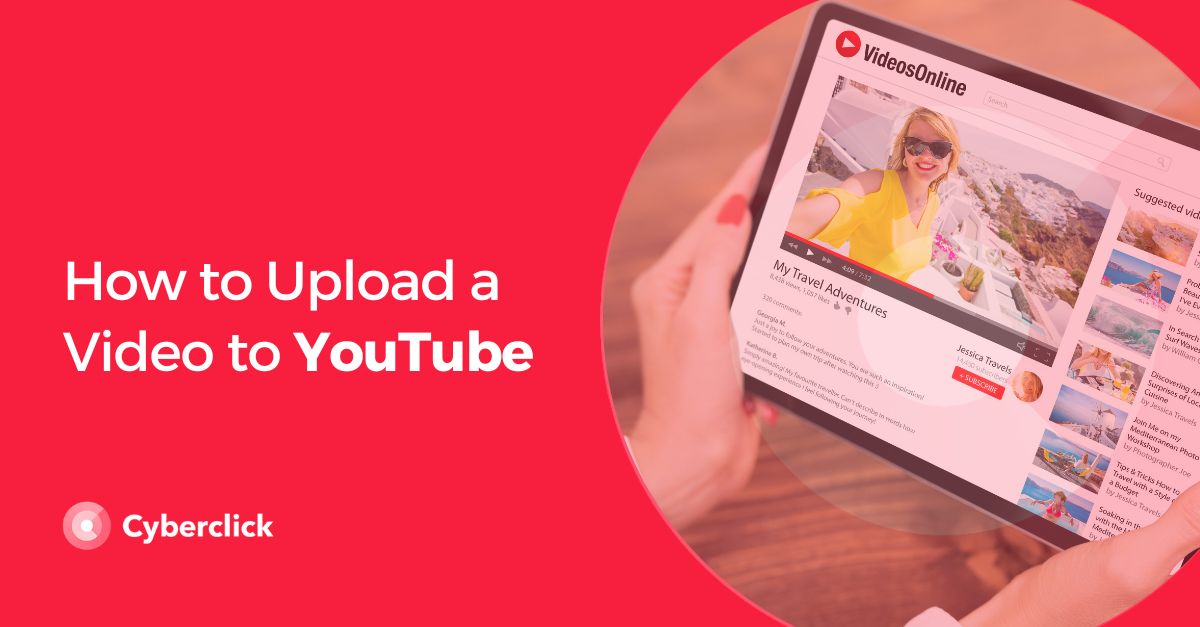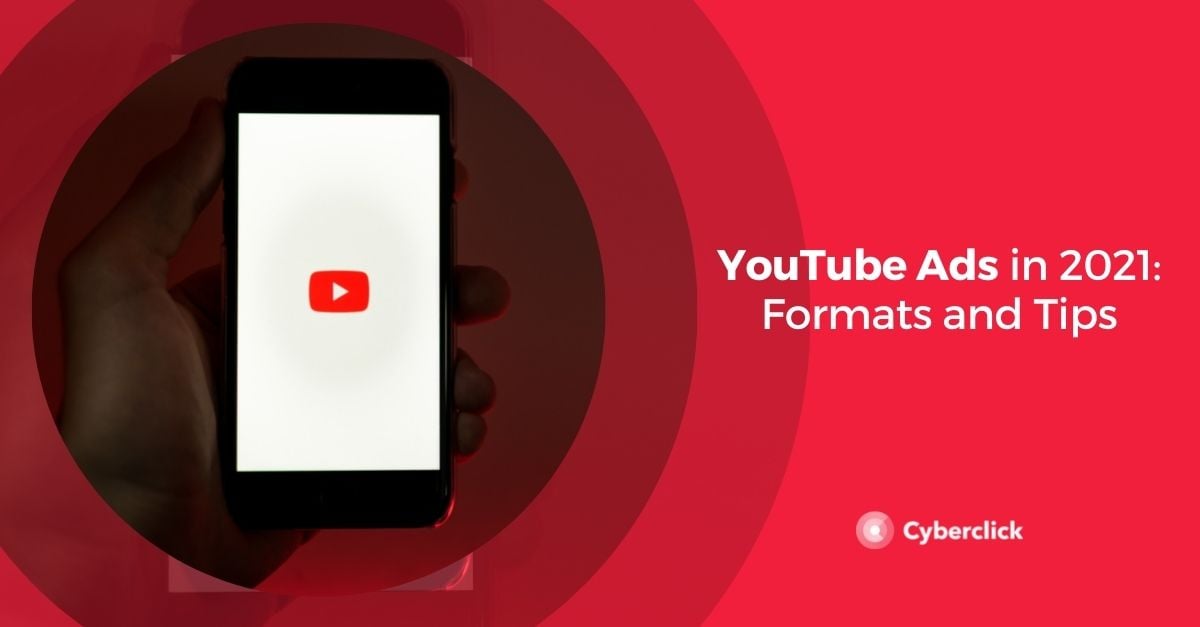Creating an online community is important for brands because it provides insight into what an audience thinks about a company, the products or services it offers, and the customer experience. These communities can easily be created on social media and other digital platforms.
In this article, we explain how you can create an online community to connect with your audience effectively.


What Is an Online Community and Why Is It Important to Have One?
An online community is a virtual space where users can interact, express their opinions, and share experiences through comments, surveys, posts, and more.
The common thread between users in a virtual community is that they all share common interests or similar socio-demographic characteristics. In these cases, the users themselves create the online community.
Other times, however, a brand or organization creates it to obtain information and data that will help it carry out more effective marketing strategies.
These communities feature a two-way communication channel, so companies can build trust with users by responding to comments, answering questions, and participating in conversations.
Note that all users who are part of a community already have an interest in the product or service offered by the company, making it a channel through which brands can gain customers.
6 Key Aspects to Create an Active Virtual Community
-
Be clear about your brand's values and image: Before creating a community, you must have your values straight. This is the first step in determining the type of audience that might be interested in your brand.
-
Determine the profile of the ideal follower: Ask yourself: what type of audience could be interested in the product or service I offer? What type of audience can identify with my brand values and image? What do these users need? How can my brand meet these needs? It is important to know who your customers are so that you can provide them with the right information along with the product or service they need.
-
Find common ground: Content should be created based on shared interests between your brand and your users. The goal is to create a community in which everyone feels identified and in which they want to participate by contributing their experiences and opinions.
-
Offer value: A community should not be created around promoting a product or service. You should start by offering content, experiences, and advice. Building a community is about creating trust and offering value to gain followers.
-
Listen to your users: When you create a space where users can express themselves freely, you should respond to them with support and empathy, personalizing each response as much as possible and offering solutions.
-
Offer the product or service. When a community based on respect and trust has been created, a product or service can be offered that meets users' needs. Waiting to do this until after helping the audience by offering valuable information is a way to encourage sales without being pushy.
It is also important to establish rules around the virtual community; for example, prohibiting spam and disrespectful posts.
Lastly, the community manager also has a very important role to play. He or she must ensure that natural language is used to connect with users. Leave all of the formalities aside!
4 Platforms to Connect With Your Online Community
There are several platforms you can use to build an online community. In order to choose the best one, you should evaluate where the audience that could be interested in your product or service is located. Below are a few ideas to help you get started.
1. Facebook and LinkedIn Groups
Facebook and LinkedIn groups have become the best places to create a virtual community and connect with others interested in the same topics.
On both platforms, conversations can be held and visual content can be shared. One of the advantages is that group administrators receive notifications when a group member shares something new, so you can keep track of the content that's posted.
2. YouTube
YouTube has become another great platform for creating an online community, especially with live broadcasts. Creating content that revolves around a theme and encouraging followers to leave comments and share it is a great place to start. With live broadcasts, you can further strengthen the relationship with your customers by encouraging them to ask questions and participate.
3. Shared Boards on Pinterest
Pinterest allows you to create virtual communities through group boards. You can get several people to participate in a project by sharing their images and ideas.
This encourages users to share their ideas while simultaneously receiving feedback and gaining inspiration from others.
4. Telegram
What started out as a simple messaging application has become a space where groups of users interested in similar topics can be created.
One Telegram's advantages is the interesting and insightful conversations that take place on the platform.
In conclusion, creating an online or virtual community to connect with followers is one of the best strategies a brand can follow. As long as you choose the right channel, you're good to go! Remember that it is not about creating a large community, but a community in which members share common interests and operate in an environment of trust.
Video Content & Marketing Strategist. Experto en producción audiovisual y estrategias de contenido y análisis en YouTube.
Video Content & Marketing Strategist. Expert in audiovisual production and content and analysis strategies on YouTube.





Leave your comment and join the conversation